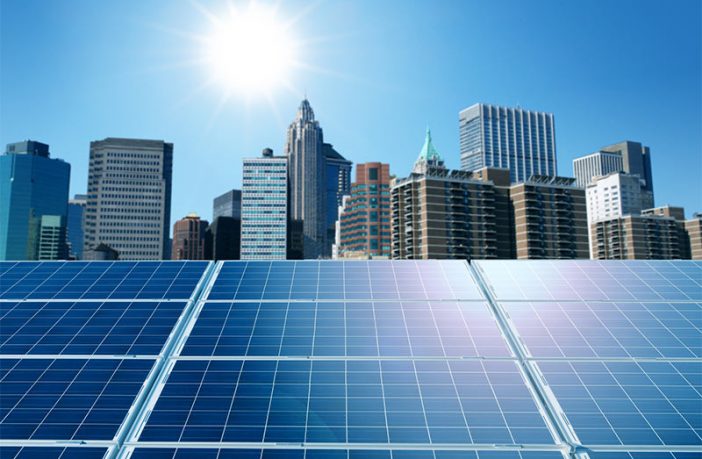- Welcoming President Ramaphosa’s ‘State of the Nation Address’, Nivesh Govender, COO of the South African Photovoltaic Industry Association (SAPVIA) said, “… we commend President Ramaphosa for the strategic approach he has taken in his address. It is entirely appropriate that he identified energy generation capacity as one of the four priority interventions of the Recovery Plan for South Africa.”
“We must however shift the focus from hope to implementation with urgency. Urgent action is needed most on the topic of energy and electricity security if we are to achieve anything close to the kind of economic growth which the President alluded to in his speech.
“The focus now moves to the Energy Minister to rapidly roll out the objectives identified in the SONA. As an industry, we stand ready to support government in the delivery of these imperatives.”
Govender says the solar PV industry would welcome clear timelines and dates, from Energy Minister Mantashe, on the announcement of preferred bidders for the RMIPPP, the announcement of Bid Window 5 of the REIPPPP, and the easing of distributed generation regulations.
“We welcome the request for proposals for 2,600 megawatts from wind and solar energy as part of Bid Window 5 as well as the announcement of another bid window in August 2021 and SAPVIA will be supporting our members to ensure that solar PV takes its rightful place as the least-cost option of choice in delivering a sustainable energy supply to the country.”
SAPVIA welcomes the comments made by the President calling for policy and regulatory action in support of an increased distributed generation licence exemption cap which is to be implemented in the next three months. Distributed Generation can rapidly add capacity to the grid, reduce load-shedding, and create jobs as well as spur localisation and industrialisation, which will be vital in driving our economic recovery.
SAPVIA has long been engaged in advocating for the systematic easing of licencing thresholds, to unlock the significant opportunity held by distributed generation.
“We have welcomed the backing of the state-owned utility and numerous other constituencies, to support the lifting of licensing thresholds from 1MW to 50MW in order to accelerate distributed generation by large customers.
“Increased deployment of distributed generation will release the pressure on Eskom’s already constrained supply and provide the much-needed additional capacity to the grid. No one could disagree with the need for increased capacity as our economy is hamstrung by the ongoing blight of load-shedding,” says Govender.
Author: Bryan Groenendaal
Source: SAPVIA















